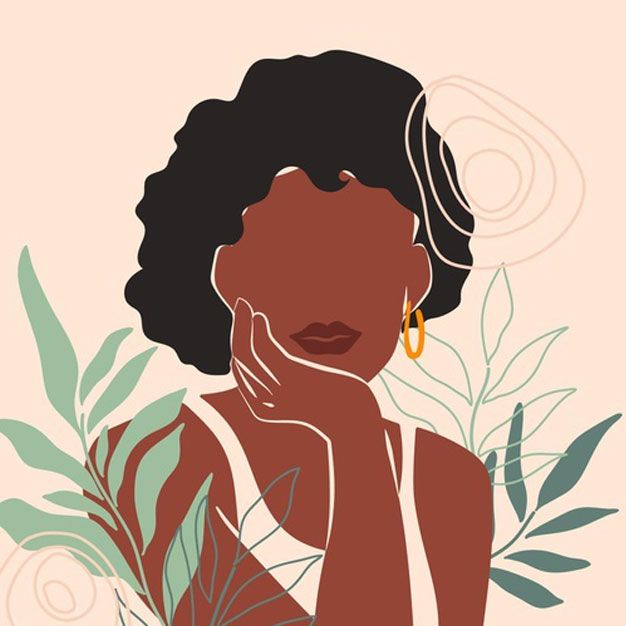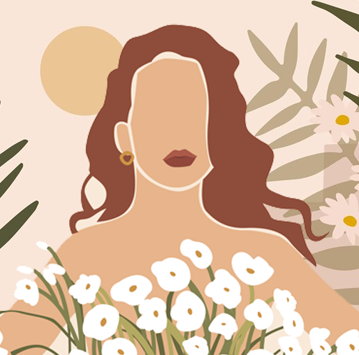Hey beautiful! My name is Diane, and I’m the founder of Healing from Hair Pulling. For more than 35 years, I looked for answers, options, and hope before finally discovering what I needed to heal from chronic hair-pulling. As I learned, I decided to help more women get to the root of the issue too.
That’s why I built HFHP as an educational community, to serve as a healing resource for women who are looking for answers, options, and hope like I was.
I want to take a moment to talk about something that’s really important—understanding the emotional toll that trichotillomania (TTM) can take and why it’s okay to ask for help when you need it.
You may already know how TTM can make you feel alone or overwhelmed, but you might not realize just how much it can affect your emotional well-being. I’ve been there, and I understand how deeply it can hurt.
Here’s the thing: medical studies are showing us just how common suicidal thoughts can be for those of us living with TTM. It’s not something we talk about often, but it’s so important that we do.
That’s why HFHP encourages every woman who has TTM to consider talking to a therapist about how you feel throughout your journey with chronic hair pulling.
Editor’s Note: If you are feeling suicidal or considering self-harm, please reach out for help immediately. You don’t have to go through this alone. Contact a healthcare provider, a trusted friend, or call the National Suicide Prevention Lifeline at 1-800-273-8255.
It might surprise you that the emotional toll of chronic hair pulling may have a greater impact on our community than other physical challenges or medical conditions.
- Spinal Cord Injury (SCI): People with SCI are 3-5 times more likely to die by suicide than the general population. For those injured due to a suicide attempt, the rate is even higher at 754 per 100,000.
- Diabetes: If you have type 1 diabetes, you’re about twice as likely to face suicide risks compared to others, due in part to the mental health struggles that come with managing a lifelong condition.
- Trichotillomania (TTM): When it comes to TTM, new studies reveal that 18.3% of us have experienced lifetime suicidal thoughts, and 2.3% of us have attempted suicide. That’s roughly 90 times higher than the general population.
It’s not easy to face these numbers, but it’s crucial to understand the weight of what we’re dealing with.
These statistics remind me that TTM isn’t just about the physical act of hair-pulling. It’s about the emotional and mental impact too.
You are not alone if you’ve ever felt like it’s all too much, I’m so glad you are here learning with us at HFHP.
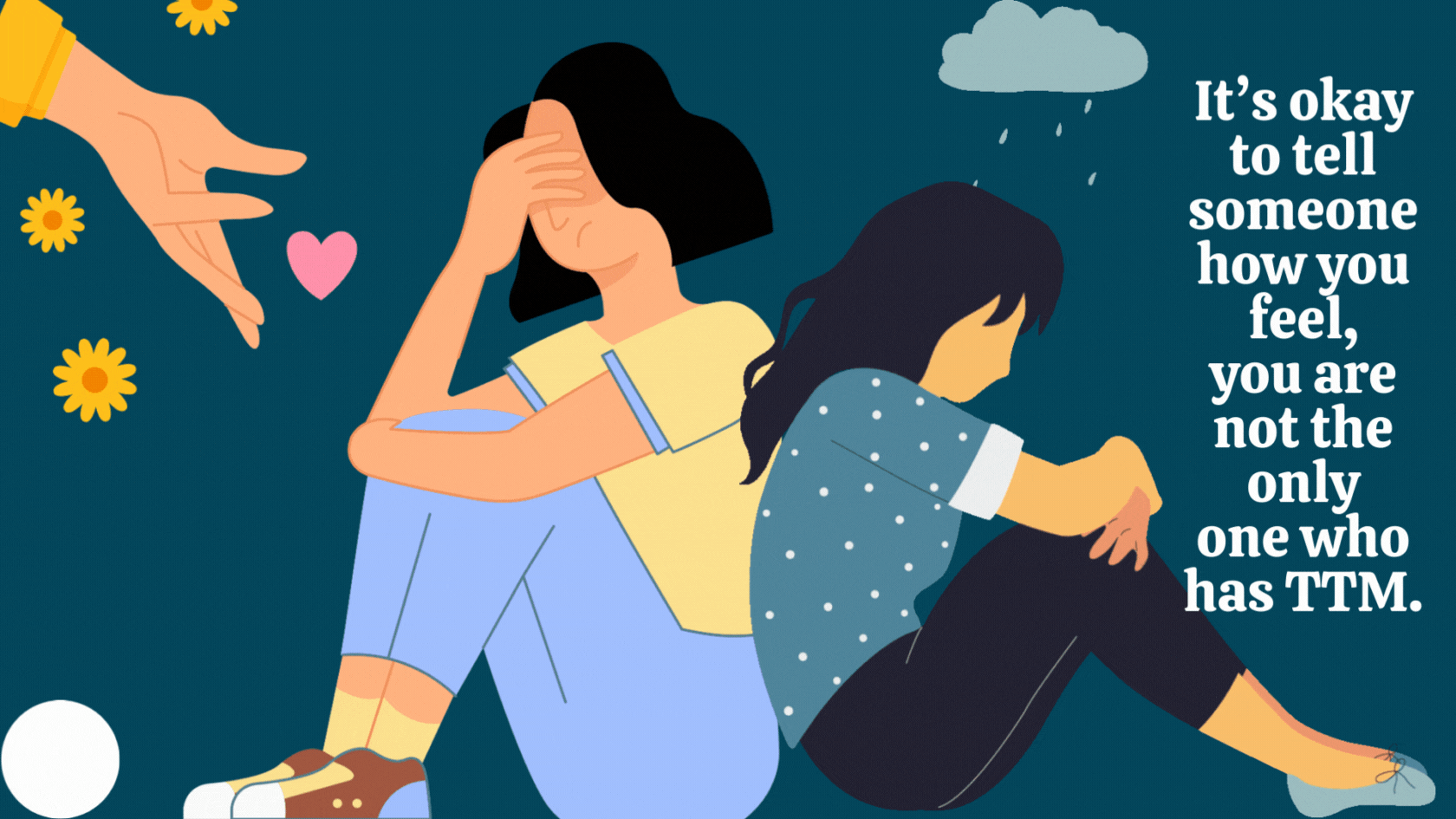
I want to take a moment to talk about our younger sisters, too — kids who are living with TTM at an age when they should be carefree. Did you know that pediatric patients with TTM also face elevated risks of mental health issues, including suicide attempts?
In a recent study, researchers found that children under 18 diagnosed with TTM had a significantly greater risk of co-occurring mental health conditions, including ADHD, anxiety, mood disorders, and, yes, suicide attempts.
The study found that pediatric TTM patients were 1.81 times more likely to attempt suicide compared to their peers without TTM.
This sobering statistic highlights just how important it is to recognize the signs early and get kids the help they need, whether through therapy, medical support, or simply a safe space where they feel understood.
It breaks my heart to know that children also face these challenges, but it also gives me hope because we can intervene and offer them support much earlier. If you have a young daughter or know a younger girl with TTM, please know that early support and intervention makes all the difference.
Ladies, we need to stand together to protect and uplift the next generation, helping them understand that TTM is not their fault and that there are ways to heal.
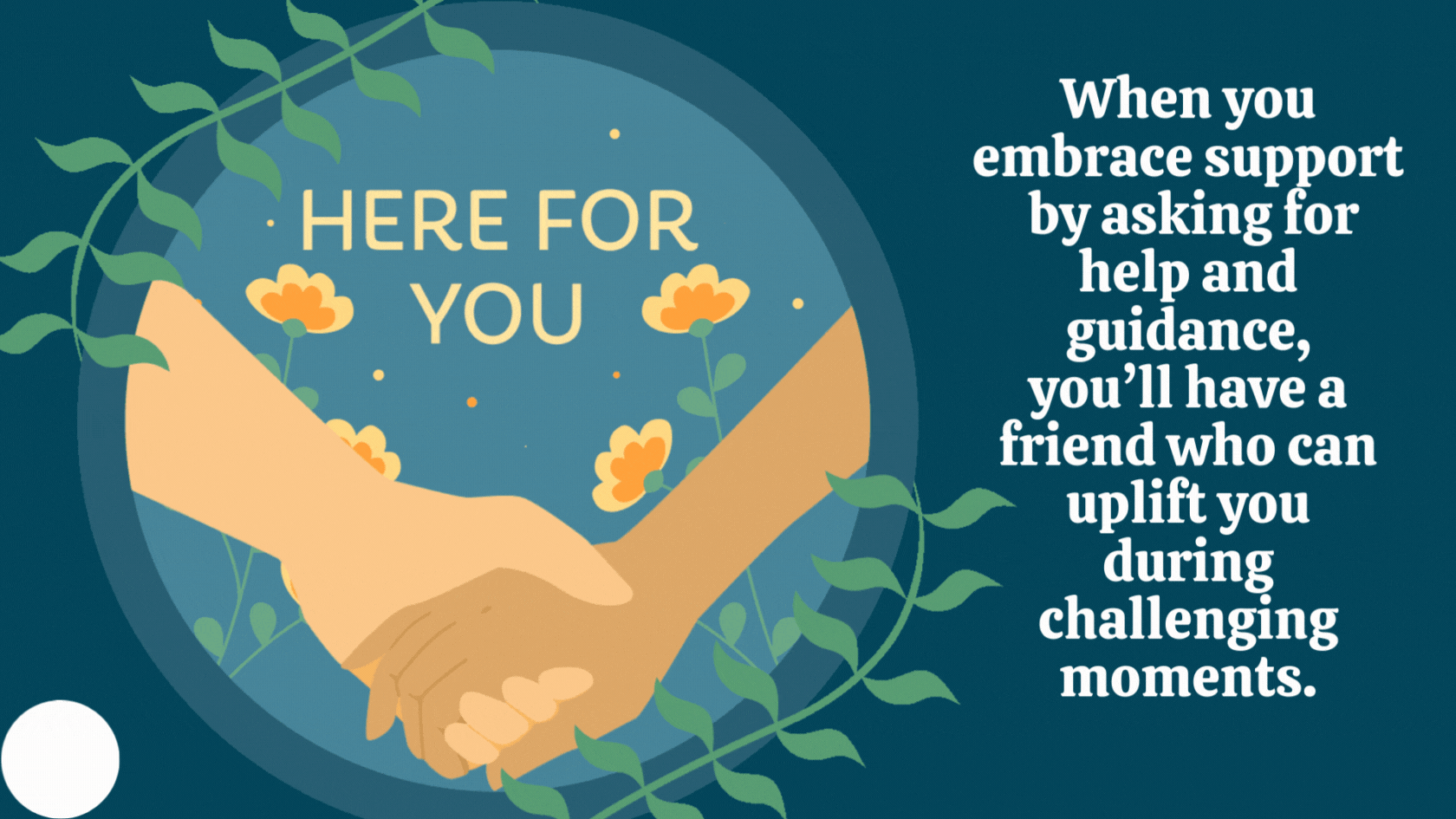
If you're feeling like TTM is running your life, I want to share a few things that helped me find my way. Remember, healing takes time, and every step counts.
Finding a therapist who understands TTM is crucial. Cognitive-behavioral therapy (CBT) and habit reversal training (HRT) are proven methods that work for many of us in managing hair-pulling urges. CBT helps you challenge negative thought patterns that drive anxiety and pulling behaviors, while HRT focuses on replacing the habit of pulling with healthier alternatives.
I know these can feel like big steps, but trust me, it’s worth it. You deserve someone in your corner who understands your experience and helps you find new ways to manage those tough moments.
If you're experiencing suicidal ideation, another highly effective therapy to consider is dialectical behavior therapy (DBT).
Originally developed for people with intense emotional responses and self-harm tendencies, DBT helps you develop skills in emotion regulation, distress tolerance, and mindfulness—all of which can be invaluable if you're feeling overwhelmed by TTM and emotional distress.
DBT teaches practical skills to manage intense feelings without resorting to harmful behaviors, and it focuses on creating a balance between acceptance of your experiences and working toward positive change.
For anyone dealing with suicidal thoughts, DBT can be a life-changing resource, offering both coping strategies and hope.
It’s important to find a trich-informed therapist who is trained to offer DBT alongside CBT and HRT if you’re feeling this way. You deserve comprehensive support that not only addresses hair-pulling but also the emotional distress that can come with it.
Don’t hesitate to reach out for this kind of supportive help—it can make all the difference in your healing journey.
Having people around who really understand you can be life-changing. Whether it’s through friends, family, or a support group like Healing from Hair Pulling, leaning on others is a sign of strength, not weakness.
Our community was built for women like you and me to feel supported, uplifted, and connected.
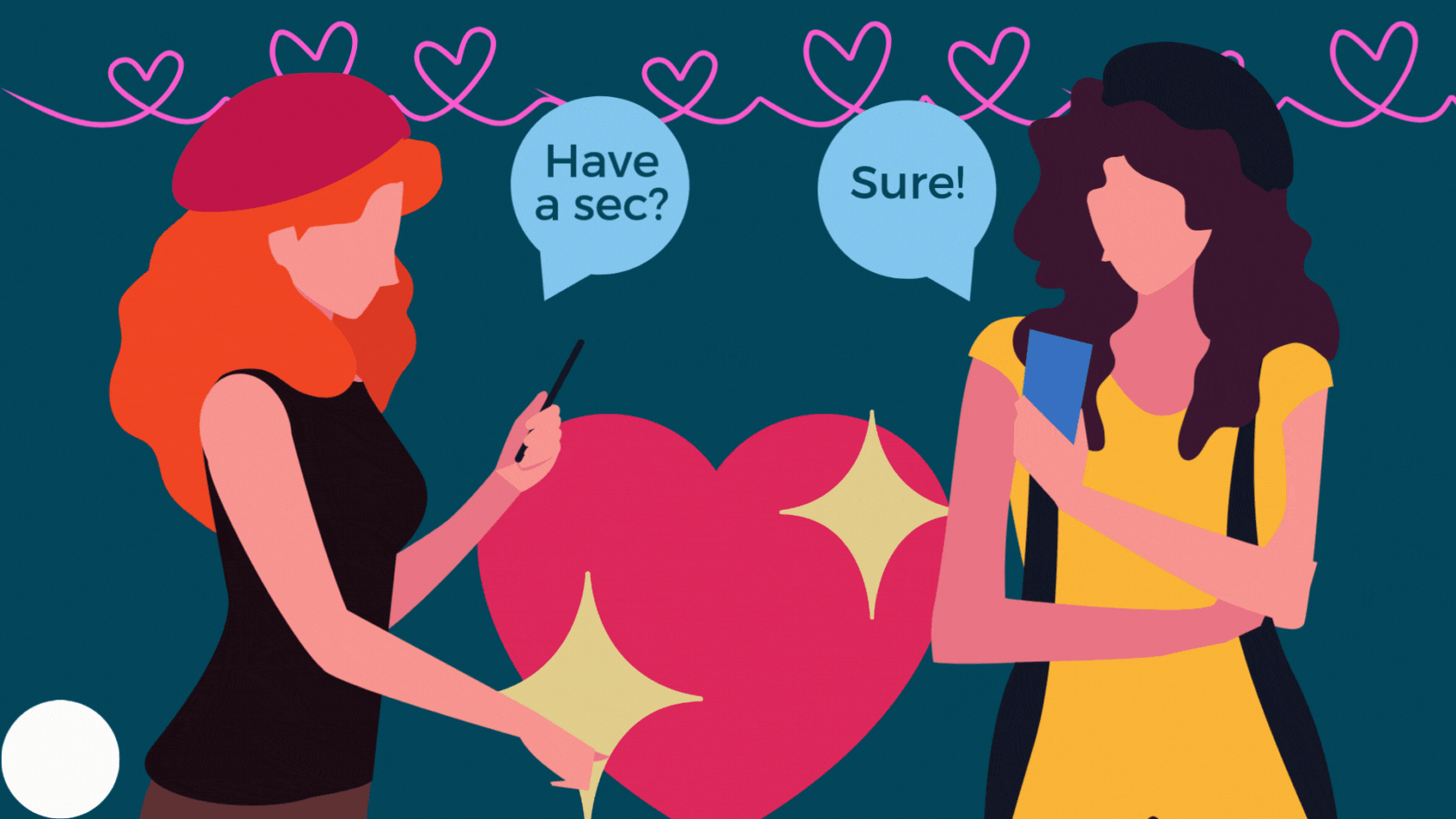
Medications like SSRIs, such as sertraline, can help reduce anxiety and depression—feelings that are often intertwined with TTM. If your doctor recommends it, don’t hesitate to try medications that are first-line, evidence- based treatments for TTM or co-occurring conditions like anxiety.
Sometimes, balancing the emotional part gives you the strength and space to work on the behavioral part.
You didn’t ask for this or cause it, and it’s not your fault. It’s easy to feel ashamed or blame yourself, but remember, TTM is a medical condition, and there’s no shame in admitting it is challenging to deal with.
The kindest thing you can do for yourself is to approach each day with compassion and patience. Small steps = small victories!
Mindfulness practices have helped me so much over the years. Deep breathing, meditation, and relaxation techniques not only help me reduce anxiety but also bring me back to a place of calm when I feel that urge creeping up.
It’s all about creating a space between the feeling and the action so you can separate the two.
Beautiful girl, remember this: you are not defined by your hair-pulling. You are so much more than that. It can feel like TTM is controlling your life, but with the right tools, support, and mindset, you can take back control.
I believe in you because I’ve walked this path too. Every small step forward is a victory. Healing is possible, and you don’t have to go through it alone.
If you ever feel discouraged, don’t hesitate to reach out to someone who understands. Whether it’s me, our HFHP community, or a therapist, there’s always someone who can help if you’ll share how you’re feeling.
Share Your Healing Journey with Supportive Friends
Healing from TTM is a journey, and it’s one that you can succeed in. Don’t be afraid to seek out help, build your support network, and take steps—no matter how small—toward managing your symptoms.
Join us at
healingfromhairpulling.com and take the first step on your journey toward healing. Together, let’s find what works best for you!
-Diane
Games, M., Sejdiu, Z., & Ilyas, E. N. (2024). Psychiatric comorbidities in pediatric trichotillomania: A multicenter cohort study. Pediatric Dermatology.
https://doi.org/10.1111/pde.15791
Grant, J. E., Odlaug, B. L., & Chamberlain, S. R. (2023). Suicidality and major depressive disorder in trichotillomania: A study of lifetime ideation and attempts. Psychiatry Research, 320, 114162.
https://doi.org/10.1016/j.psychres.2023.114162
Pellegrini, L., Maietti, E., Rucci, P., Burato, S., Menchetti, M., Berardi, D., ... & Albert, U. (2021). Suicidality in patients with obsessive-compulsive and related disorders (OCRDs): A meta-analysis. Comprehensive Psychiatry, 108, 152246.
https://doi.org/10.1016/j.comppsych.2021.152246 




